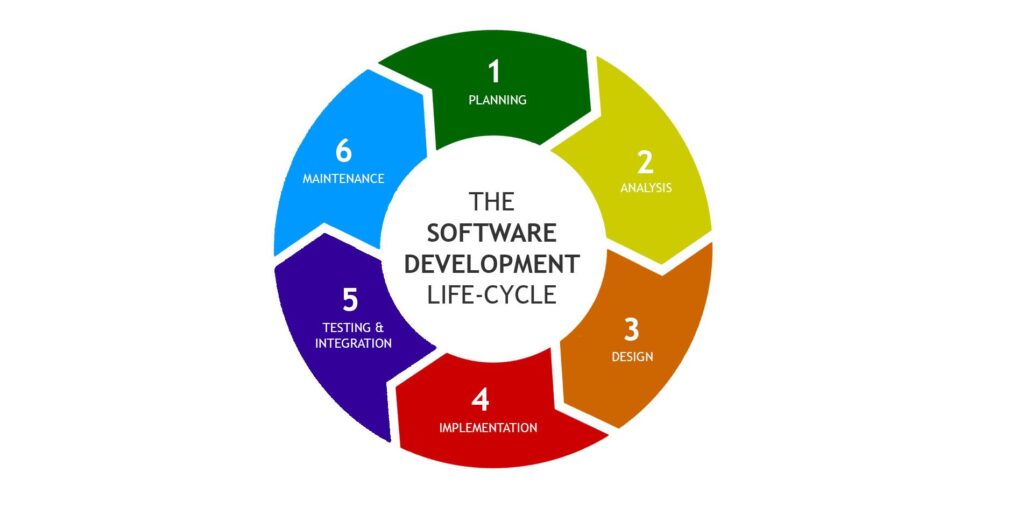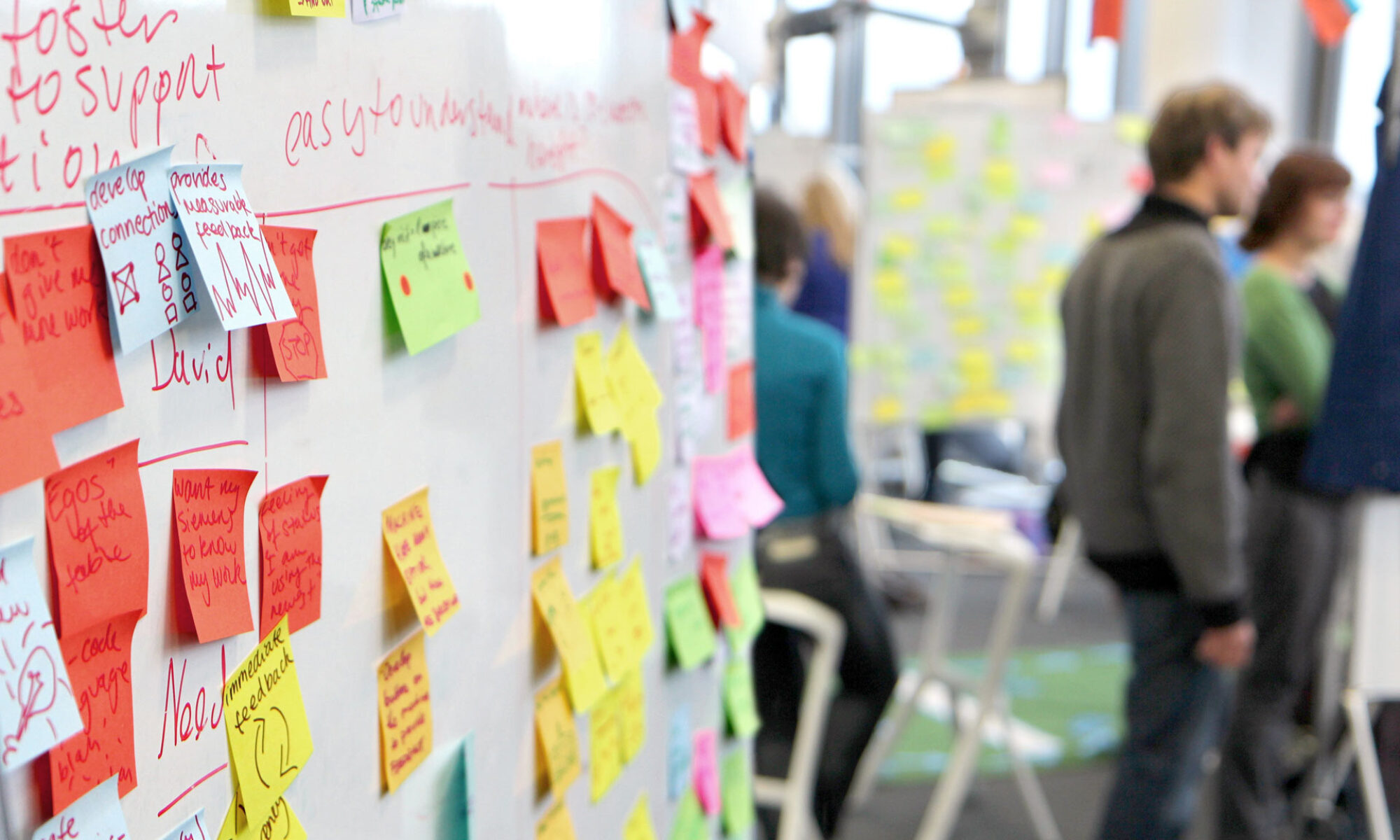In an earlier post, I talked about how UX fits into the development process and ways we could be adapting and improving collaboration. I feel like there is a lot that UX has brought to product development as our field has matured and there is a lot about solid UX principles that we can and should be leveraging in our design process and methodologies.
In this post, I’ll be focusing exclusively on the Planning and Analysis stages of the Software Development Life Cycle (SDLC):

Requirements Gathering (today)
The first phase in most project usually involves gathering requirements. This phase can have a tendency to be very rigid, for example: business analysts conduct stakeholder interviews to get the very detailed answers they need in order to write their business/functional requirements documents. That might be an overly reductionist view of what often happens, but regardless of who begins gathering requirements, what I often see is the following pattern of questions:
Continue reading “Gathering Better Requirements”